Can you eat sprouted sweet potatoes? Find the answer plus learn all you can about sprouted sweet potatoes here!

Have you ever left a bunch of sweet potatoes lying on an open shelf or pantry? By the time you see them, they might have already begun to sprout, budding a crown of purple stalks. Now, the question lies: are sprouted sweet potatoes still edible? In this article, we’ll uncover facts about safety and handling of sprouted sweet potatoes and more!
Jump to:
Can You Eat Sprouted Sweet Potatoes?
The short answer is: Definitely! You can still bake these sprouted sweet potatoes like the usual ones, even toss its sprouts in your salad. Yes, even the sprouts are edible - and they are pretty tasty and nutritious!
Will the texture and taste change? Nope! Expect your usual sweet potato consistency despite the visible stalks growing on your sweet potato. This does not affect the quality in any way and makes a great staple food to have on hand.
Why Do Sweet Potatoes Sprout?
Because of storage temperature, sweet potatoes tend to sprout when exposed to above 70°F and left alone for about two weeks. When exposed to a higher temperature, the sprouting process further speeds up.
Ideally, sweet potatoes should be stored at a room temperature of 55–60°F with a 60-70% humidity level. Let’s be real though, this is difficult to achieve in a regular home kitchen. That’s why most sweet potatoes left on the kitchen counter start sprouting rather quickly.
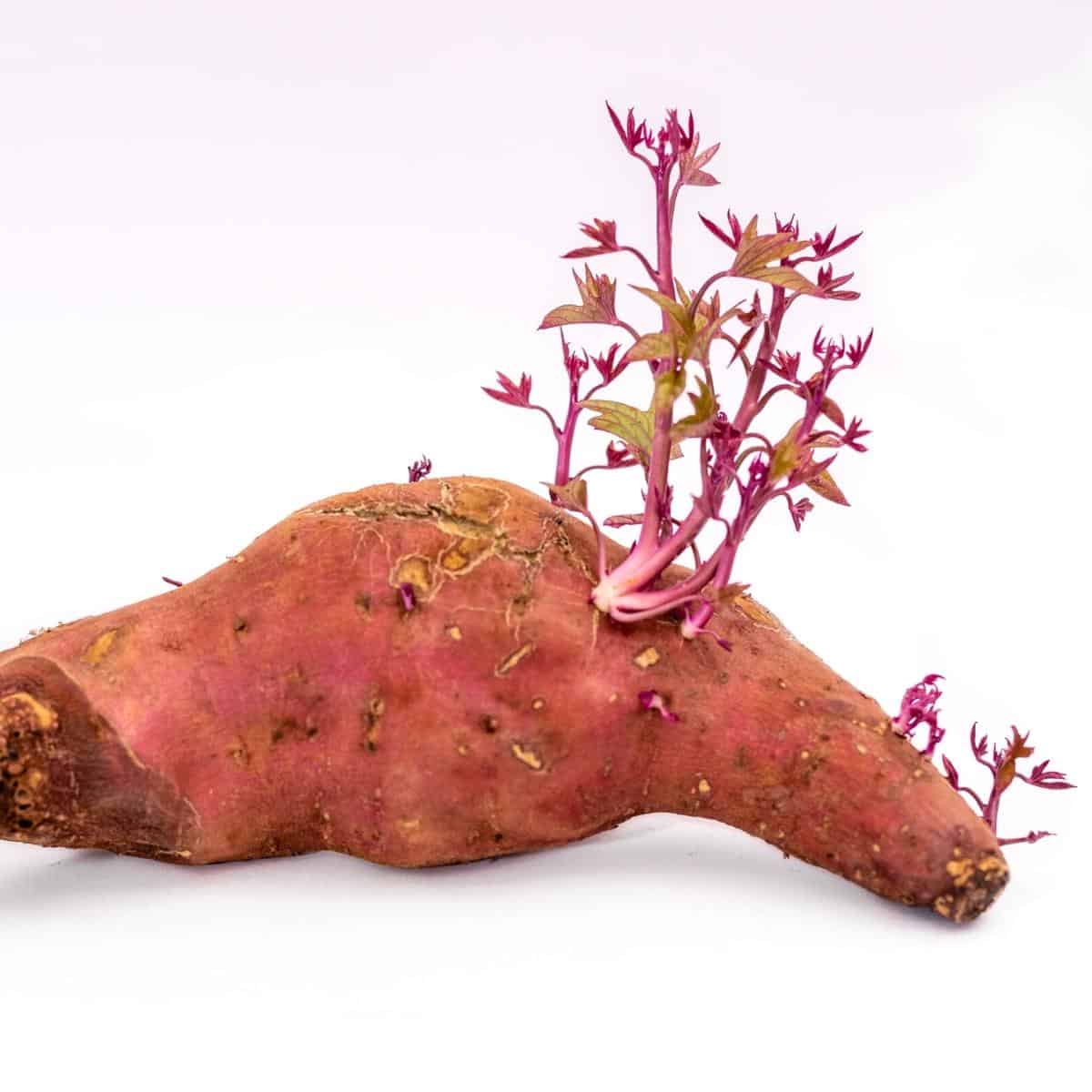
How To Sprout Sweet Potatoes?
Found your new favorite sprout? Now, you might have wondered how to let these tubers sprout intentionally. Here are a few tips to help you get these sprouts:
- Keep your sweet potatoes at a high temperature and humidity. Don’t store your sweet potatoes at a usual cool room temperature nor the refrigerator as this will further delay the sprouting process. Make sure to store them above a 70°F temperature with 80% humidity.
- Place your sweet potato in a jar half-filled with water. Make sure that the bottom half of the sweet potato is submerged in water. Leave this for about a month until the vines and slips start sprouting.
- And the simplest way? Simply leave your sweet potatoes on your kitchen counter! Allow the natural process to take its course (though this will take a bit longer). Remember, the greater the warmth, the faster the sprouting gets!
Sweet Potato Sprouts vs Regular Potato Sprouts
Now, here's something we definitely need to discuss! It should be noted: sweet potatoes are definitely different than regular potatoes. Sweet potatoes come from the morning glory family of tubers, known for their thick storage roots. On the other hand, regular potatoes are in the nightshade family, planted from the underground, and are known for their thick stems.
Regular potato sprouts can’t be consumed as they have glycoalkaloids, a toxin that causes ill effects in humans, including vomiting, severe headache, and diarrhea. Meanwhile, sweet potato sprouts are ideal for human consumption because they are packed with essential nutrients such as antioxidants, carbohydrates, fiber, calcium, proteins, and vitamin B6. In fact, these antioxidant-rich tubers are known to be a great immunity booster.
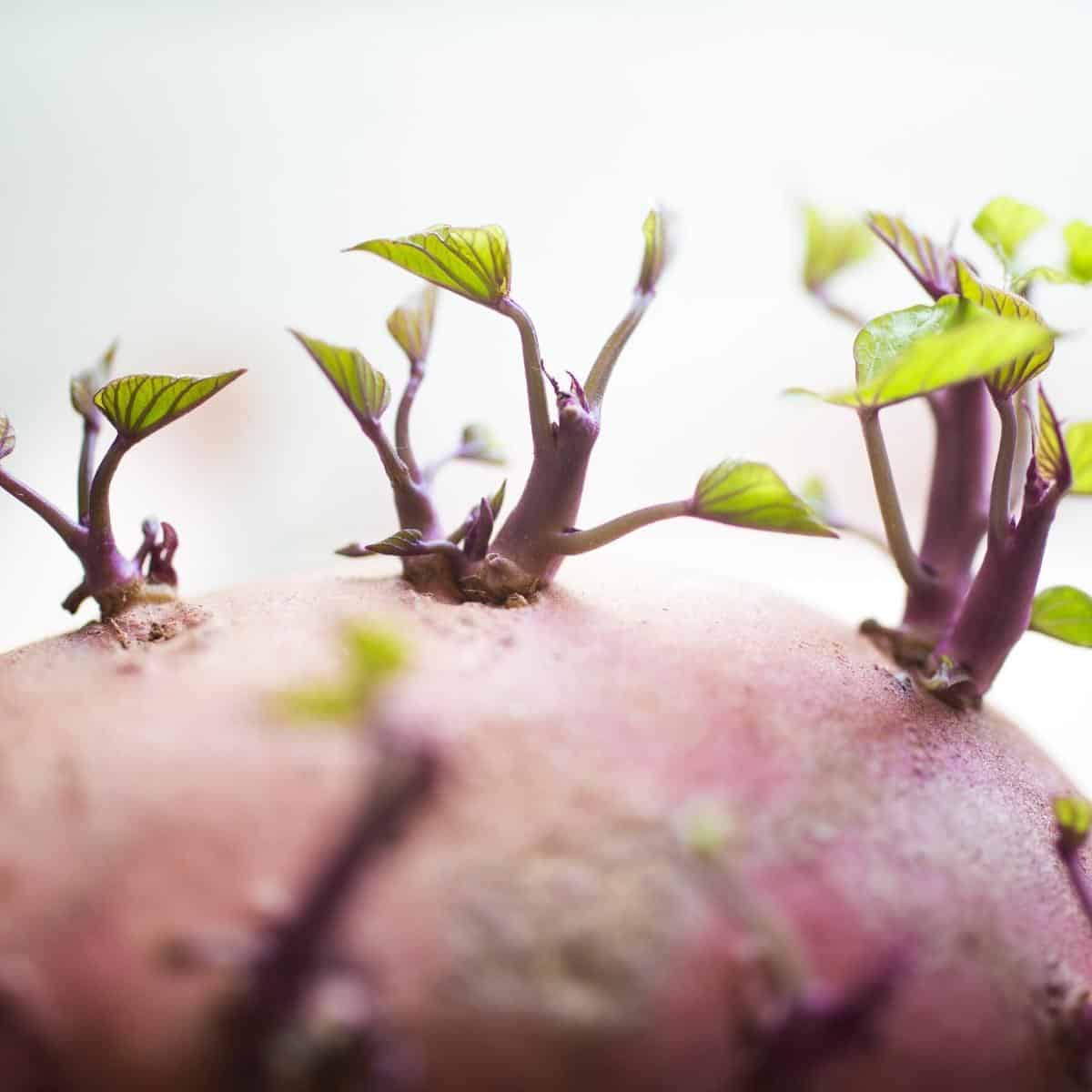
How To Tell That Sweet Potatoes Are Bad?
However, if you’re worried that you might have maxed their optimal shelf life, here are few signs to help you identify if your sweet potatoes have gone bad:
- When your sweet potatoes reek a pungent smell, toss them straight into the trash can right away.
- Noticed some black spots? Throw it. Discoloration is a manifestation of a rotten sweet potato.
- Feels mushy? Soft spots are an early sign of spoilage. Because of excessive moisture exposure, sweet potatoes start softening up which changes their flavor and consistency altogether.
- Lastly, the presence of mold or fungus. Once you see sizable amounts of green or black molds in its sprout or skin, quickly discard the spoiled old sweet potatoes.
Can You Cook Sprouted Sweet Potatoes?
Absolutely! Sprouted sweet potatoes can either be fried, boiled, baked or tossed into a stir fry. With tender sprouts, you can prepare an assortment of recipes that your family will surely enjoy. Just remove the shoot, and you can proceed in preparing your delicious sprouts.
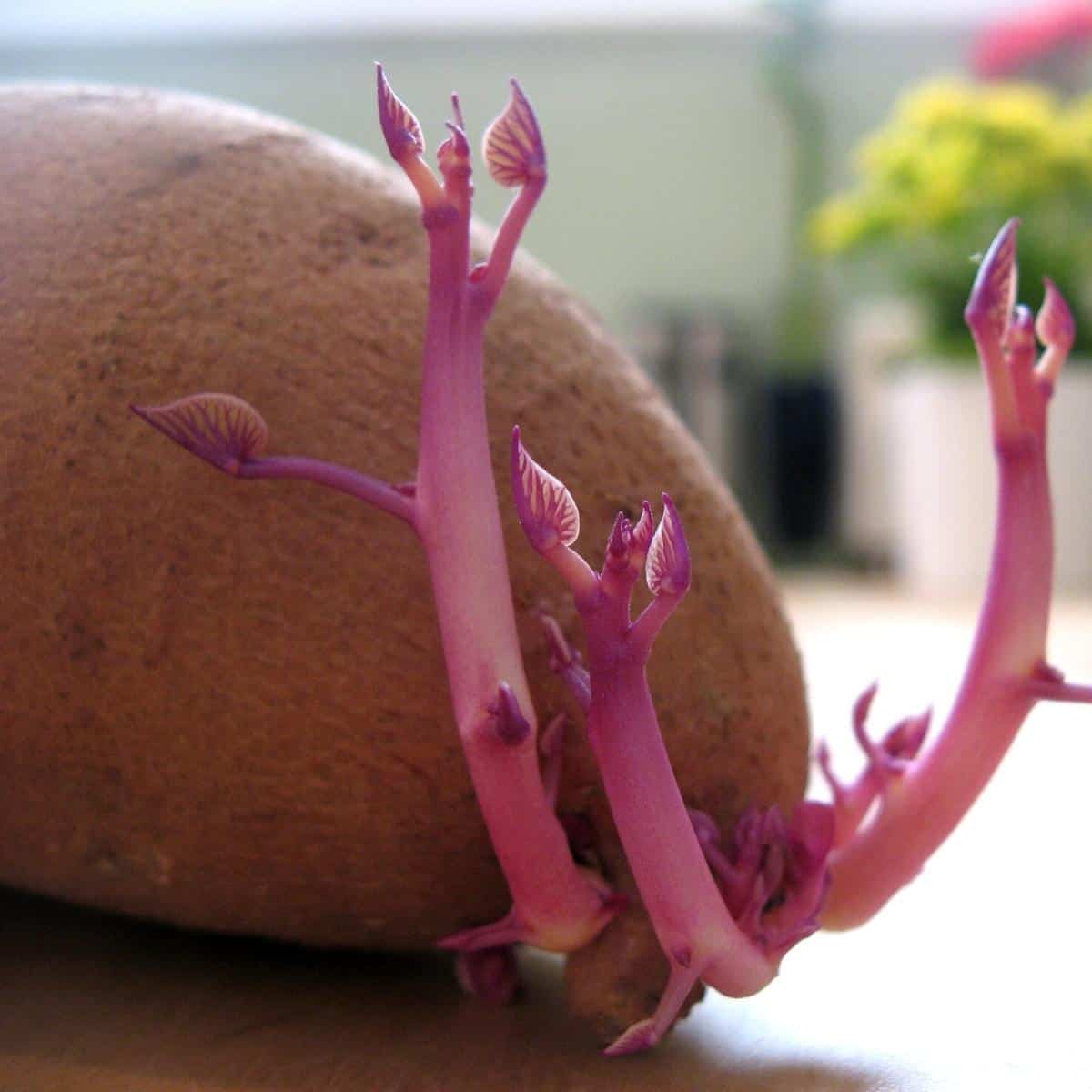
What To Do With Sprouted Sweet Potatoes
- Prepare a hearty meal with the sprouts along with the sweet potato. You can add these when sautéing vegetables, or simply break the stalks off and toss them into your usual salad for an added crunch.
- Keep the sprouted sweet potato slips for planting. Yup, you can grow your own sweet potatoes with these sprouts! Make sure to put them in a warm temperature, and you’ll notice tender leaves growing in about a few weeks.
- If you’re not interested in growing sweet potatoes, you can save a small bunch of sprouts to plant sweet potato greens. These leaves are definitely rich in Vitamin C and B6, enhancing one’s overall immunity.














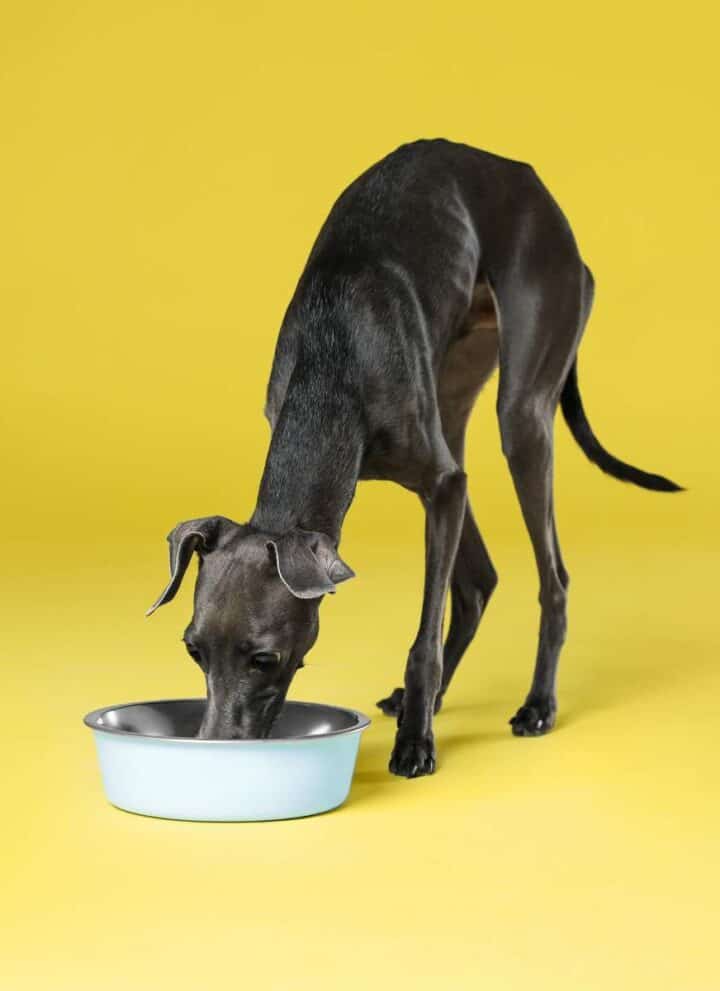
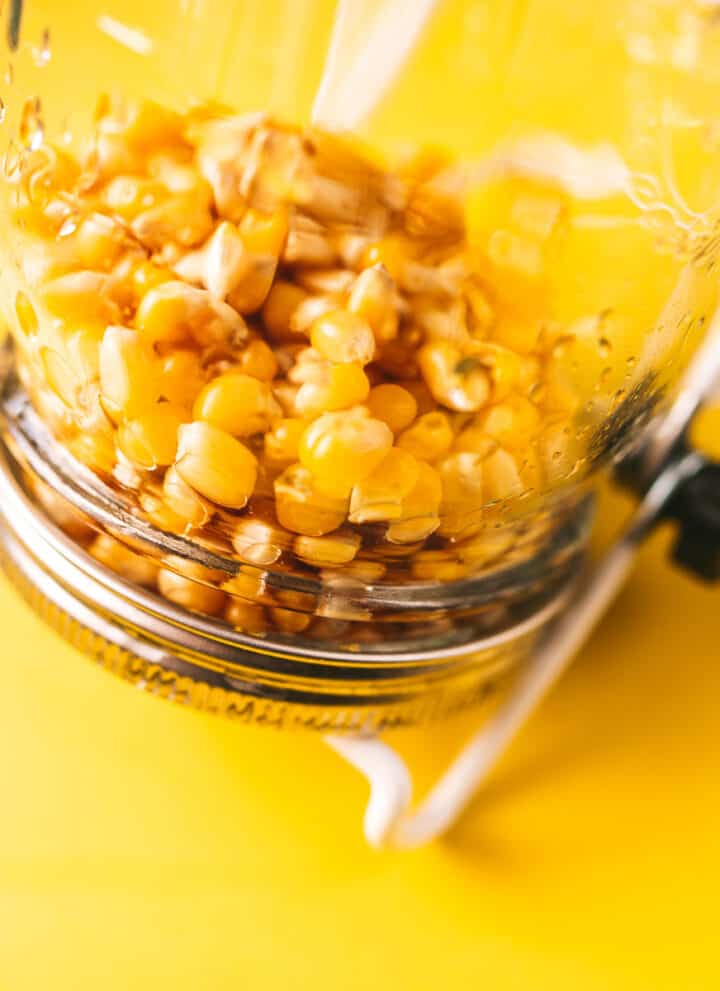
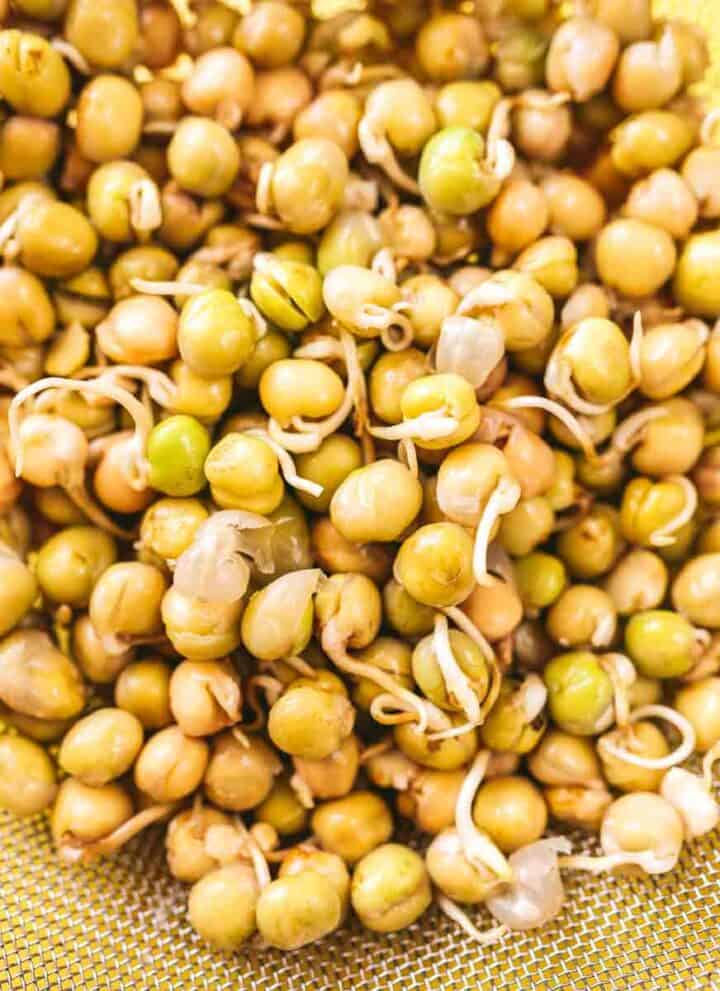

Gen says
I’ve always been curious about this and currently have sprouted sweet potatoes in my kitchen. Thanks so much for the valuable info!